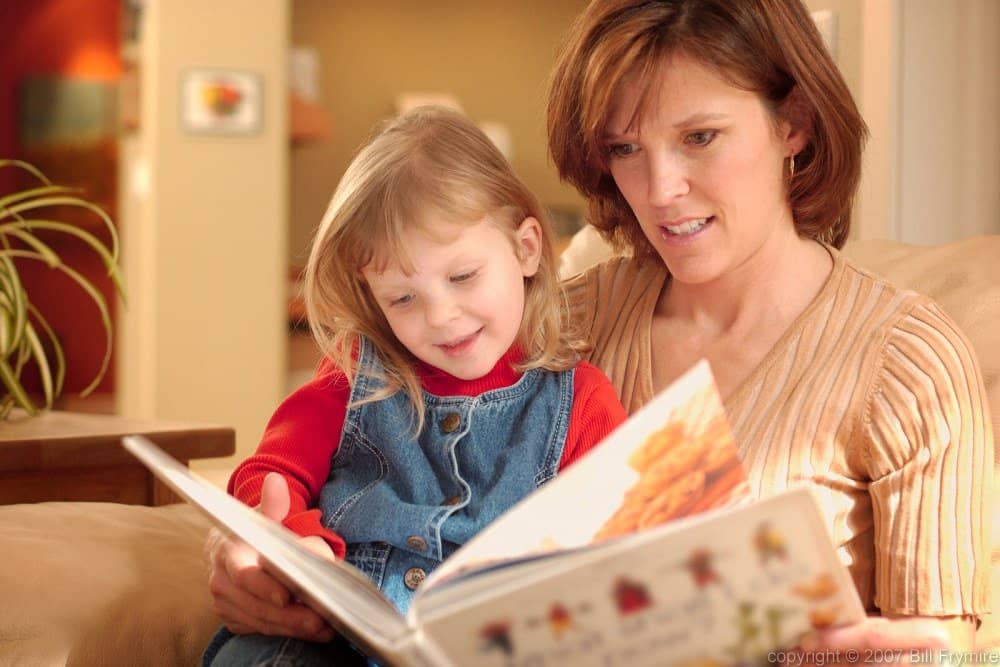In a world where fairy tales reign supreme, stepmothers often find themselves cast as the villains, perpetuating the age-old question: Why Does Society Hate Stepmoms? From wicked witches to domineering figures, modern retellings seem determined to pit biological bonds against all else. In this article, we’ll figure out why society feels this way about stepmoms.
Reason #1 : The historical context of stepmoms and societal perceptions
Throughout history, stepmoms have been subjected to unfair treatment and negative perceptions. In folklore and fairy tales such as “Cinderella” and “Snow White” have cemented the image of the wicked stepmother in popular imagination. These stories often depict stepmothers as antagonistic figures, perpetuating the belief that stepmothers are inherently unkind or malevolent.
These ideas stuck around and made people believe that stepmoms are always mean and can’t love their stepkids. Even society’s rules made it tough for stepmoms. People used to look down on women who remarried after being widowed or divorced. They thought these women might mess up the traditional family or try to take property. So, stepmoms often got left out or judged unfairly.
These days, families are different, and love is more important. But stepmoms still have challenges fitting in. Reality is, not all stepmoms are like the ones in stories. Many real ones love and care for their stepkids, proving everyone wrong. So, even though stories make them look bad, stepmoms can be loving and kind in real life.
Reason #2 : Common misunderstandings and stereotypes about stepmoms
Big mistake people make about step-moms is thinking they want to be the real mom instead. This can cause problems in new families. Kids might feel they gotta pick sides, and the step-mom might seem like a mean replacement. But that’s not true! Step-moms aren’t there to take anyone’s place. They’re there to help out and make the family even stronger.
Another wrong idea is that step-moms are just cold and don’t care. People think they’re outsiders ’cause they’re not the real mom. But that’s not always the case! Lots of step-moms get super close to their step-kids and work hard to be friends.
Reason #3 : The impact of media on the portrayal of stepmoms
Media plays a significant role in shaping societal perceptions and attitudes towards stepmoms. Unfortunately, media often reinforces negative stereotypes, portraying stepmoms as antagonistic or neglectful. Lots of movies and TV shows paint stepmoms as bad person, making it seem like all stepmoms are just mean. These portrayals don’t just give people the wrong idea about stepmoms, they also set up expectations that are impossible to meet.
But things are getting better! Nowadays, some TV shows and movies are showing stepmoms in a nicer way. They’re portrayed as kind and caring people who are just trying their best in blended families. When the media shows positive stepmom characters, it helps people see them in a new light and understand them better.
Reason #4 : The Challenging role of stepmoms in blended families
In blended families, stepmoms can face some tough challenges. Sometimes, stepkids see them as rivals because they want their biological parent’s attention. This can lead to hurt feelings and jealousy. Problems can also pop up when stepmoms have their own kids and it seems like they’re getting special treatment. Other issues might include disagreements about rules, trouble talking openly, and worries from stepkids about where they fit in. Stereotypes and not being sure about their role can make things even trickier.
But it’s important to know that these challenges aren’t because stepmoms are bad—it’s more about how the family works and everyone’s personalities.
How to change societal views alongside tackling this challenge?
To overcome challenges and improve relationships with stepchildren, stepmoms need to talk openly and understand each other’s feelings. They should do fun things together and respect each other’s space. It’s important for stepmoms to get support from their partners, other stepmoms, or support groups. They should also talk openly with their partners about how they want to parent together.
Society is starting to understand stepmoms better, but there are still stereotypes. We need to challenge these stereotypes and appreciate the different kinds of moms out there, including stepmoms.
Luckily, there are lots of places stepmoms can go for parenting help, like 2houses.com, online groups and local support groups. It’s important for stepmoms to reach out and connect with others who understand what they’re going through. Keep in mind becoming a super step mom is not a tough job. You just only need to follow some steps. Nothing else.
In conclusion, society’s perception of stepmoms is often clouded by misunderstandings and stereotypes. By unraveling these misconceptions, exploring the historical context, and examining the impact of media, we can gain a deeper understanding of the complexities surrounding stepmom relationships. It is important for society to recognize the love, dedication, and sacrifices that stepmoms bring to their families. By embracing the diversity of mother figures and fostering a more inclusive and understanding society, we can create a supportive environment for all mothers, including stepmothers.

